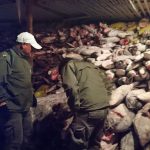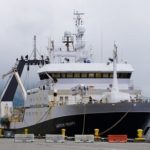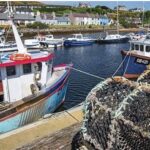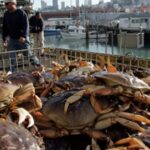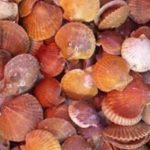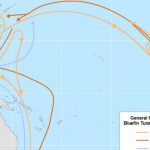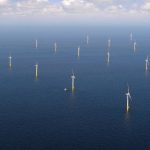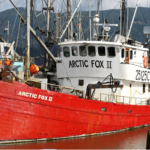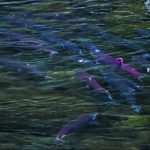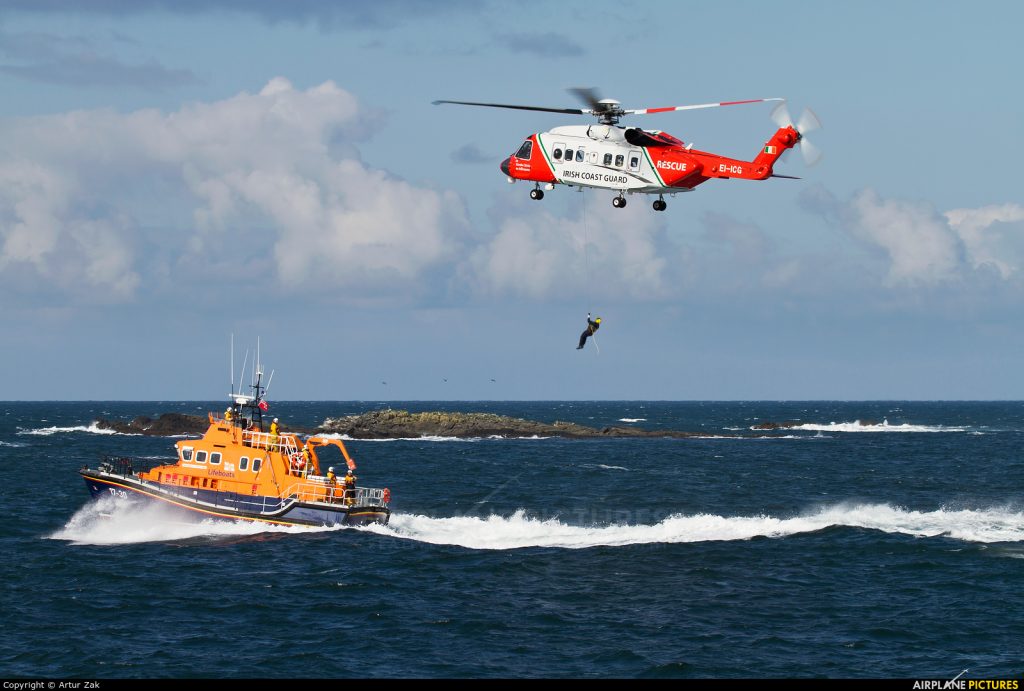Tag Archives: seals and sea lions
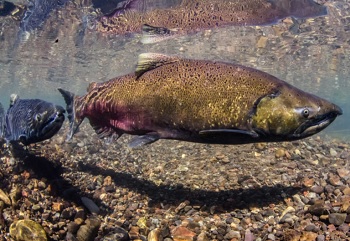
Pacific salmon recovery report gives 32 recommendations to reverse declines
Wild salmon stocks are being affected by a range of impacts throughout their life cycle, which span from freshwater streams and rivers, to coastal ‘foreshore’ areas and deepwater marine environments, per the report. These threats include habitat degradation, impacts of flood control measures, predation, fishing activity, and threats of disease from fish farms. Based on these findings, the committee provided 32 recommendations to reverse salmon declines, which one witness, Richard Beamish, Scientist Emeritus at DFO’s Pacific Biological Station in Nanaimo, calls the “international Pacific salmon emergency.” >click to read< 07:58
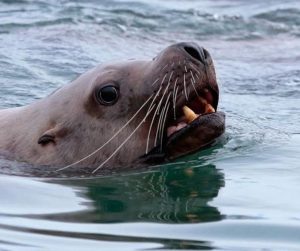
Seal hunt proponents hope new evidence sways skeptical fisheries officials
Three new studies being prepared for publication suggest that recovered populations of seals and sea lions in west coast waters could be having an outsized impact on the survival of the three most troubled Pacific salmon species — chinook, coho and sockeye. “Most of the drop in survival of chinook and coho in the Georgia Strait since the 1980s is likely due to seals eating juvenile fish during their first summer in the ocean,” said Carl Walters, a professor emeritus at UBC’s Institute for the Oceans and Fisheries. Estimates suggest that seals may be consuming about five million juvenile coho each year, or about half of the juveniles that enter the area from streams and rivers. Up to 15 million chinook juveniles meet the same fate, about one third of that population. >click to read< 09:21
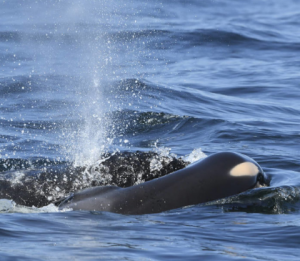
Pinnipeds, not commercial fishing, depriving Orca of salmon
The plight of the orcas has caught the attention of government leaders after a mother orca was spotted carrying her dead baby for nine days in a row; Tom Nelson of 710 ESPN’s “Outdoor Line” podcast has a few ideas for how the state can help save them. Nelson explains that, unlike other types of orca that feast on pinnipeds such as seals and sea lions, the Southern Resident Killer Whales rely on eating salmon to survive. The grieving mother belongs to the Southern Resident pod. There are not enough salmon being produced at hatcheries to feed the Orca in the Puget Sound, Nelson explained, and increasing development has destroyed the salmons’ homes. “That has put a pinch on the diet of these Southern Resident Killer Whale Orcas, >click to read<16:44
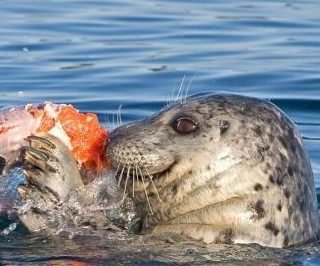
The Pacific Balance Pinnipeds Society – New group calls for seal and sea lion cull on B.C.’s coast
Members of the Tsawwassen First Nation are teaming up with commercial and sport-fishers on B.C.’s coast to call on the new federal fisheries minister to allow a West Coast seal and sea lion harvest. The group, called the Pacific Balance Pinnipeds Society, says that growing populations of seals and sea lions endangers future salmon populations. “If we want to see salmon around for our next generations, we have to go out there and bring that balance to the animal kingdom,” said Thomas Sewid, the director of the newly established society. “To go out, harvest those seals, utilize the whole carcass so the meats are going to markets in Europe and China, the fat is being rendered down for the omega 3s.” >click to read<09:00
Sea lions may be killing even more Columbia salmon
 Lead researcher Dr. Michelle Wargo-Rub of the Seattle-based Northwest Fisheries Science Center says fish mortality and the number of sea lions in the estuary have increased dramatically in recent years. Read the rest here 08:40
Lead researcher Dr. Michelle Wargo-Rub of the Seattle-based Northwest Fisheries Science Center says fish mortality and the number of sea lions in the estuary have increased dramatically in recent years. Read the rest here 08:40

































